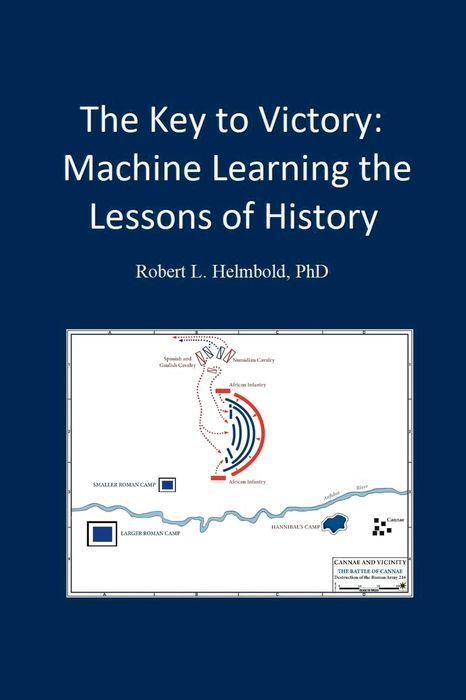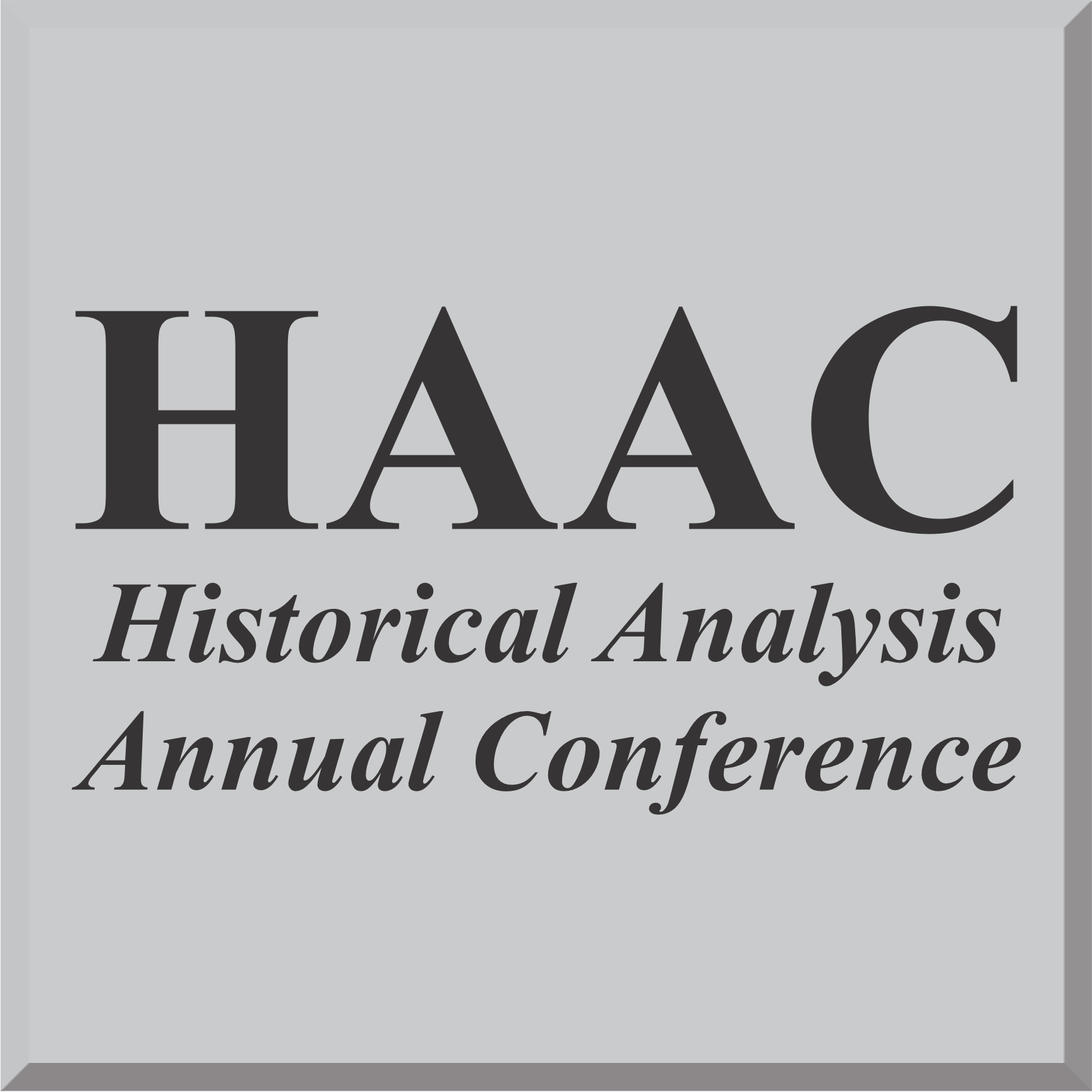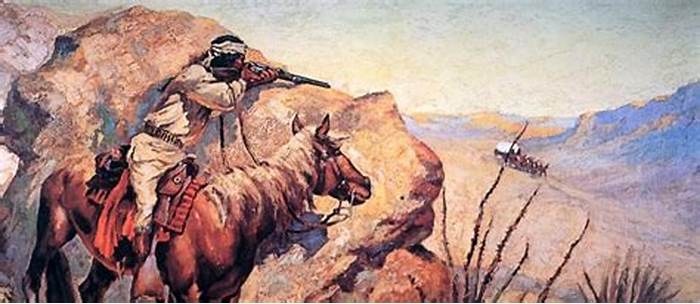I noticed my posts in 2017 on the HERO and SAIC Libraries got a couple of hits a week or so ago. I was actually planning on continuing posting on this subject at the time, but got sidetracked. So, let me take a moment now to post on another disappeared library.
The Operations Research Office (ORO) was the Army’s RAND. Formed in 1948 under the leadership of Ellis Johnson, it grew to considerable size (220 in June 1952) providing studies and analysis for the U.S. Army. ORO was tied to Johns Hopkins University. But, the leadership of ORO had a contentious relationship with the army, so the Army decided in 1961 to dissolve it and reconstitute it under new leadership. The army set up a new corporation called Research Analysis Corporation (RAC) and hired back everyone at ORO but the senior management. It was also claimed that RAC stood for “Relax and Cooperate.”
RAC continued the work of ORO and in fact they were functionally the same organization. Under these two organizations, it included developing the first Army combat models (Carmonette and Atlas) in addition to field analysis of the Korean and Vietnam wars. They also had a historical analysis capability, having employed Dr. Hugh Cole,. the person who managed and wrote part of the Army “Green Book” series, the official history of the U.S. Army in World War II.
The Army decided to then build its own RAND. This was the Concepts Analysis Agency (CAA) founded in January 1973. My father was one of army officers assigned to this new outfit, which is the connection that eventually led me into this business. As I had a strong interest in military history and wargaming as a teenager, my father working at the Army’s premier wargaming shop got my interest. I often discussed with him the work they were doing, and in particular, his rather negative evaluation of the combat models they were using (in particular CEM – Concepts Evaluation Model). The Ardennes Campaign Simulation Data Base (ACSDB) that I managed in 1987-1989 was for the purpose of validating CEM.
With the Army having created its own RAND, RAC as an independent FFRDC (Federally Funded Research and Development Center) was no longer needed. They therefore mutated in a private contractor called General Research Corporation (GRC). They inherited most of the staff and the ORO/RAC library. Dr. Hugh Cole retired but ended up working for us on the ACSDB as a consultant, along with Charles McDonald.
GRC continued doing business, although I do not know what that was, as I never intersected with them. I started working in this business in 1987 at Trevor Dupuy’s DMSI (Data Memory Systems, Inc.) doing contract work for CAA among others. CAA eventually changed its name to Center for Army Analysis (CAA).
GRC about 15 or so years ago (operating from memory here) was bought out by AT&T defense systems (AT&T = old Bell Telephone). I also had never intersected with them. They inherited the ORO/RAC/GRC library and took over the GRC building in Tysons Corner. When I heard that they had shut the library down, I payed a visit to their office.
It turns out that this library, built up over 50+ years of research, was indeed shut down. It was taking up space and they decided they needed another conference room! So, they told the employees they could take whatever they wanted from the library and threw the rest away. So, the library and all of its material was dissolved and thrown away.
So… where does one find ORO/RAC/GRC material? Well, I have a rather thick bibliography listing all the ORO/RAC reports. Forget how I scored that. It is a unique item and I don’t know of anyone else who has one. On the other hand, if you ask me to find it, I don’t know in which of the 80+ boxes of books it is in that I have stashed away. I am not going to even try at this point to find, as they are stacked up (although it is good exercise). Of course, ORO/RAC/GRC submitted their reports to DTIC and NTIS. But, as I pointed out in the my post on TDI Reports at DTIC that only about 40 percent of HERO reports are listed in DTC and 0 of the 80 TDI reports are listed there. Now, I also have all the HERO reports in those stacks of boxes I have stashed away. A friend of mine at CMH (Center for Military History) did inform me that some/all of the ORO reports are sitting in archived files of one DOD agency in the national archives, but these section of files are still classified and not available to most researchers. Also, they are difficult to locate and access. CAA also has its own library, but I do not know the state or extent of it. If CAA needs a HERO/DMSI/TNDA/TDI report, they invariably end up asking me, which does not give me a lot of confidence. I did ask a senior analysis at CAA once where he would go to get an ORO/RAC report, and he told me he would just call the library at GRC. Obviously that is no longer an option.
I do not know the state of the CAA library or its holdings. When the GRC library was shut down I did flag the issue to the director of CAA. The corrective action I believe would have been to assemble a small team to create a definitive Army Studies and Analysis Research Library to collect all the ORO/RAC/GRC and HERO/DMSI/TNDA/TDI and CORG/CDEC/CAA and RAND Arroyo and other relative studies in one place (probably the CAA library). This effort was not acted on.
It is probably still possible to do at this point, but as the “graybeards” are disappearing from the business, and it is amazing what they keep stored in their files cabinets and basements, then it will get harder to do over time.
Related Posts:
TDI Reports at DTIC | Mystics & Statistics (dupuyinstitute.org)
The HERO Library | Mystics & Statistics (dupuyinstitute.org)
The SAIC Library | Mystics & Statistics (dupuyinstitute.org)
Less related posts:
Company Commander | Mystics & Statistics (dupuyinstitute.org)
Validation Data Bases Available (Ardennes) | Mystics & Statistics (dupuyinstitute.org)
Historians and the Early Era of U.S. Army Operations Research | Mystics & Statistics (dupuyinstitute.org)
The Use of the Two Campaign Data Bases | Mystics & Statistics (dupuyinstitute.org)
Some sources:
A History of the Department of Defense Federally Funded Research and Development Centers (I am actually the author of this, although I am listed as a researcher): https://www.princeton.edu/~ota/disk1/1995/9501/9501.PDF and here: https://digital.library.unt.edu/ark:/67531/metadc39765/m1/1/
History of Operations Research in the United States Army, Volume I: 1942-1962: CMH Publications Catalog – HISTORY OF OPERATIONS RESEARCH IN THE UNITED STATES ARMY, VOLUME 1: 1942-1962



